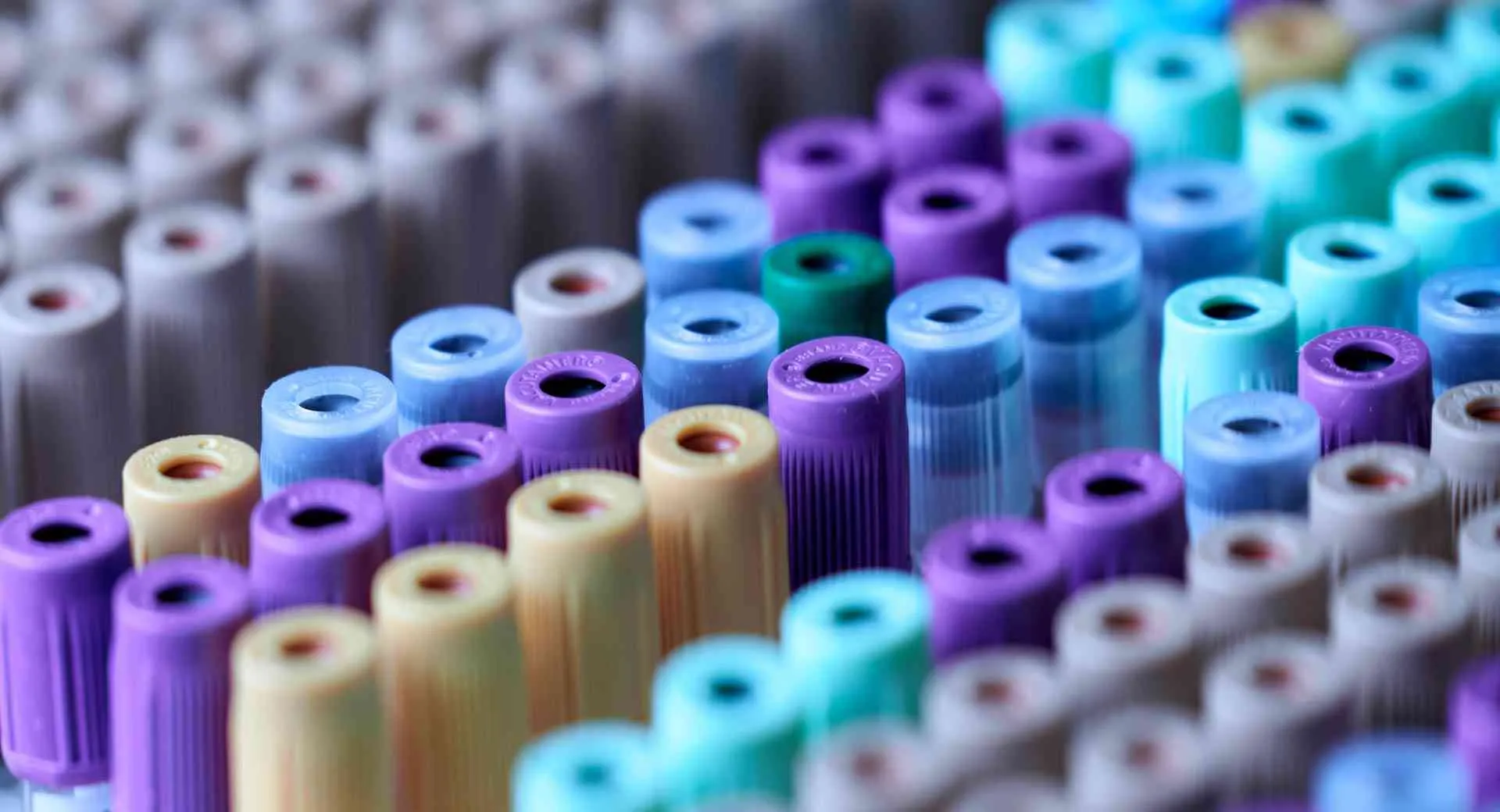Description
PLGA-PEG-Acid is a diblock copolymer with an acid group at the distal end of PEG. PEG-PLGA is an amphiphilic AB diblock copolymer consisting of a hydrophilic block polyethylene glycol (PEG) or polyethylene oxide (PEO) and a hydrophobic block poly(lactide-co-glycolide) (PLGA). The hydrophobic block terminates with a hydroxyl group. PEGylated copolymers with biodegradable and biocompatible polyester segments is useful to prepare core-shell micelles, nanoparticles and microspheres. The hydrolytic degradability of polyester segments depend on the molecular weight and the spacer between ester groups (lactide, glycolide or caprolactone). PEG-PLGA with other MWs as well as a variety of L to G ratio is also available through custom synthesis.
Properties
PLGA – poly(lactide-co-glycolide) copolymer are available at a wide range of molecular weight (MW) and monomer (lactide to glycolide) ratios. PLGA can be dissolved in a wide range of solvents – higher lactide polymers can be dissolved using chlorinated solvents whereas higher glycolide polymers will require the use of fluorinated solvents such as hexafluoroisopropanol (HFIP) and perfluoroacetone.
References
1). The MEK 1/2 inhibitor PD98059 exhibits synergistic anti-endometrial cancer activity with paclitaxel in vitro and enhanced tissue distribution in vivo when formulated into PAMAM-coated PLGA-PEG nanoparticles, Drug Delivery and Translational Research volume 12, pages1684–1696 (2022), Text.
2) Biodegradable long-circulating polymeric nanospheres. Science 1994;363:1600–3, Text.


